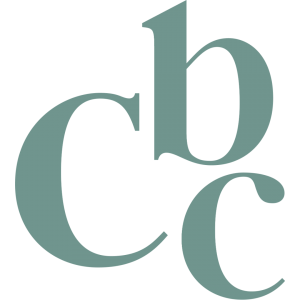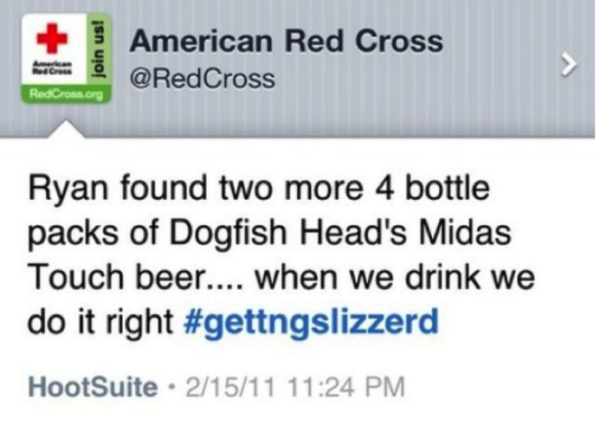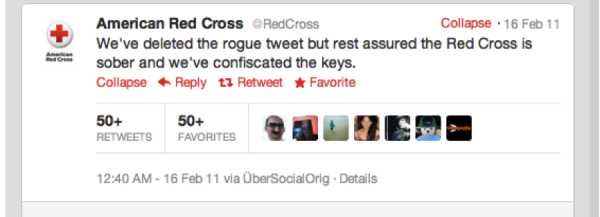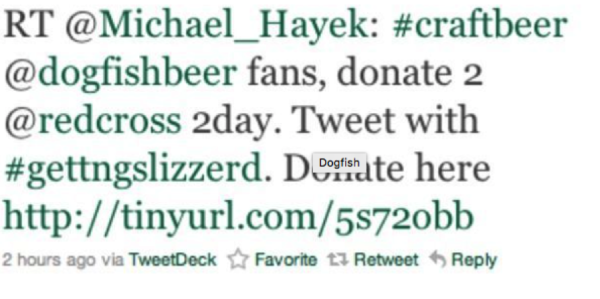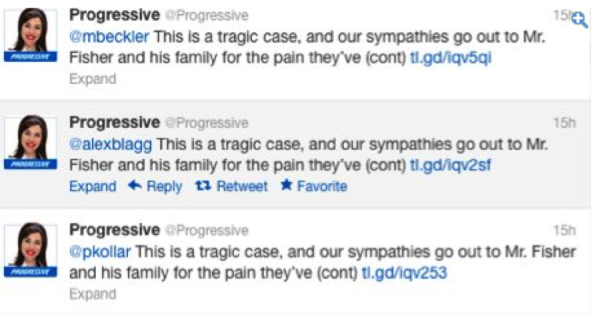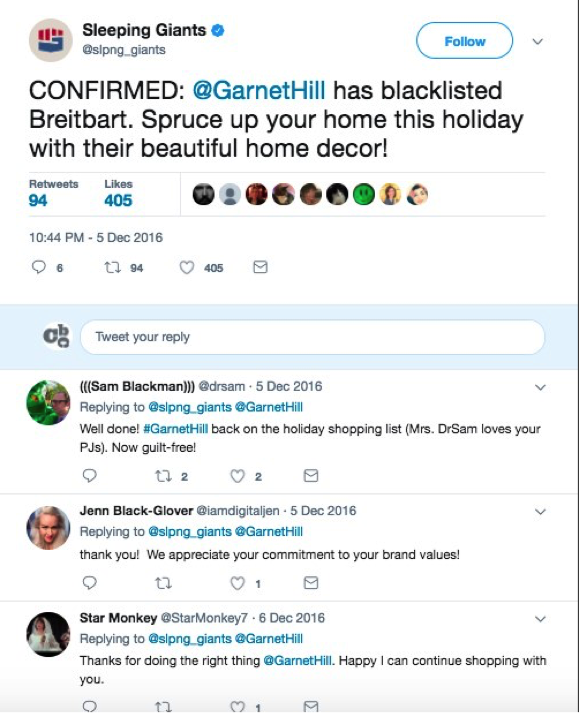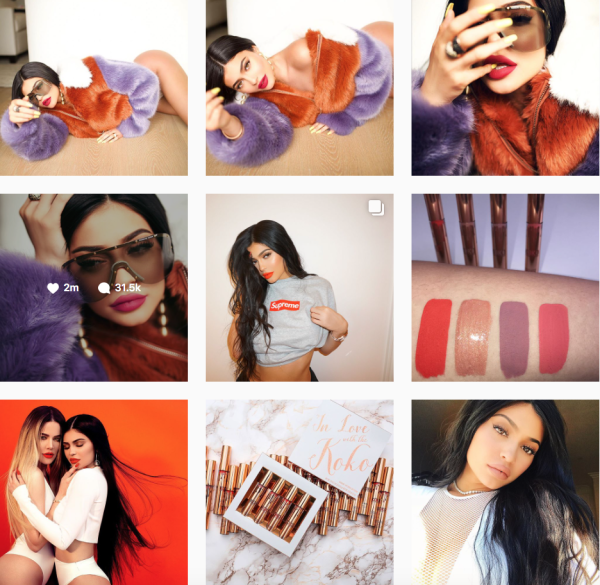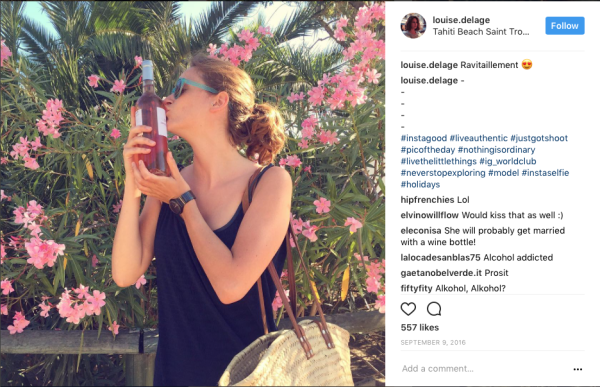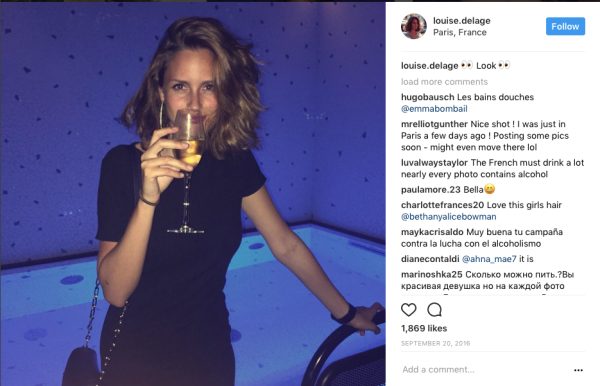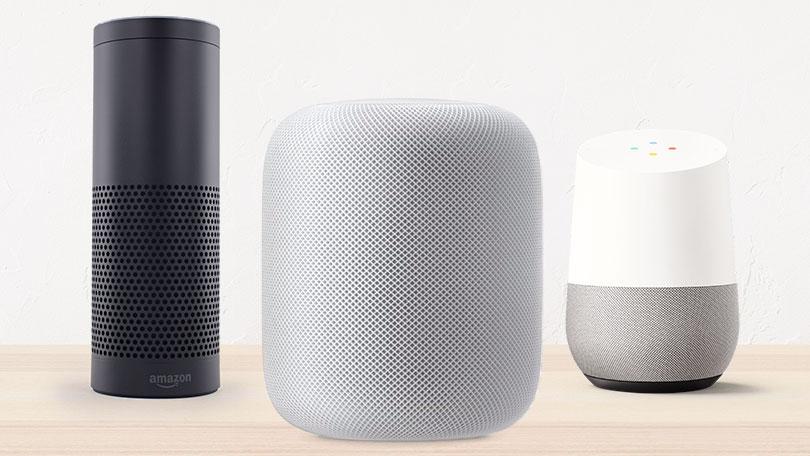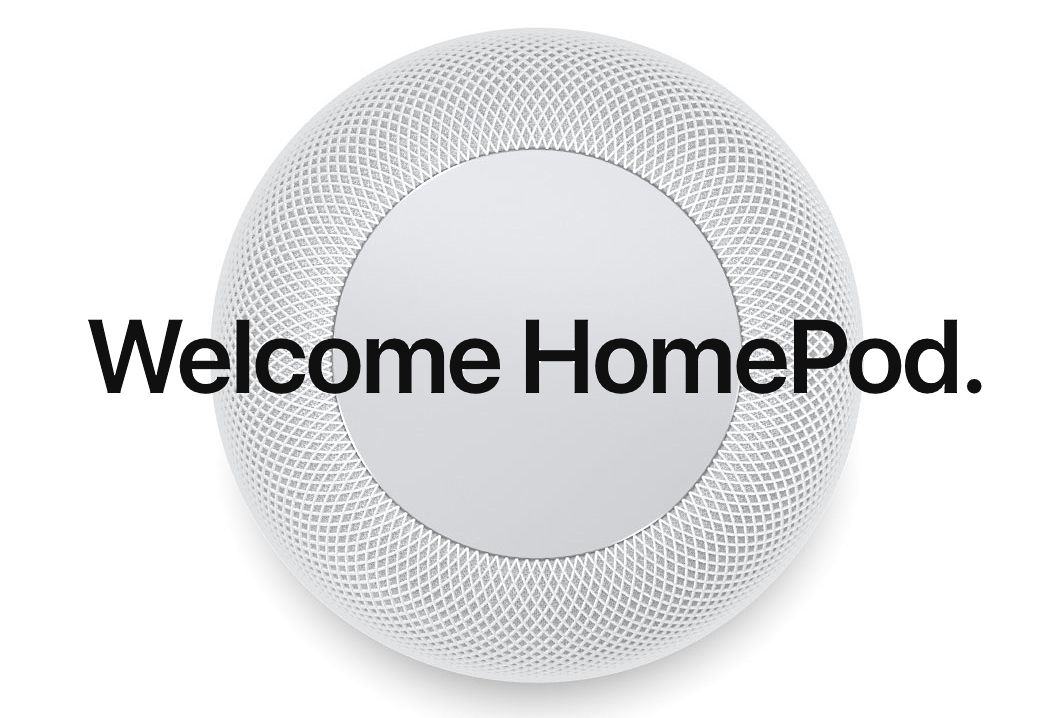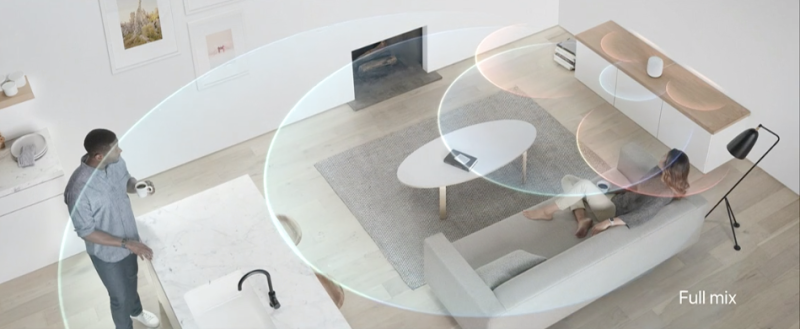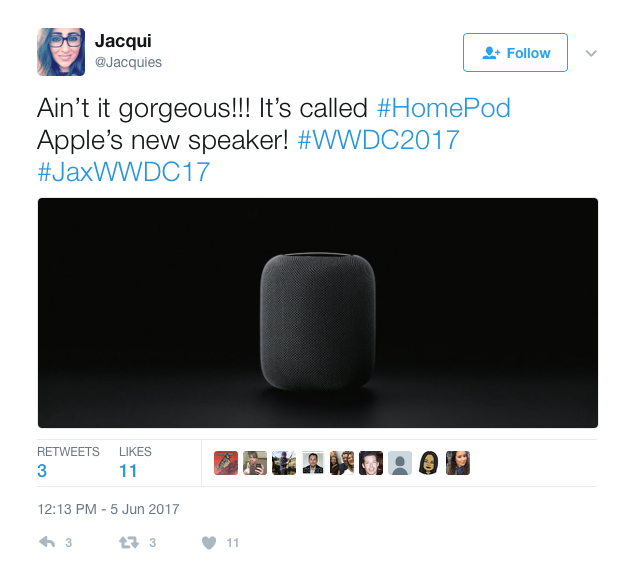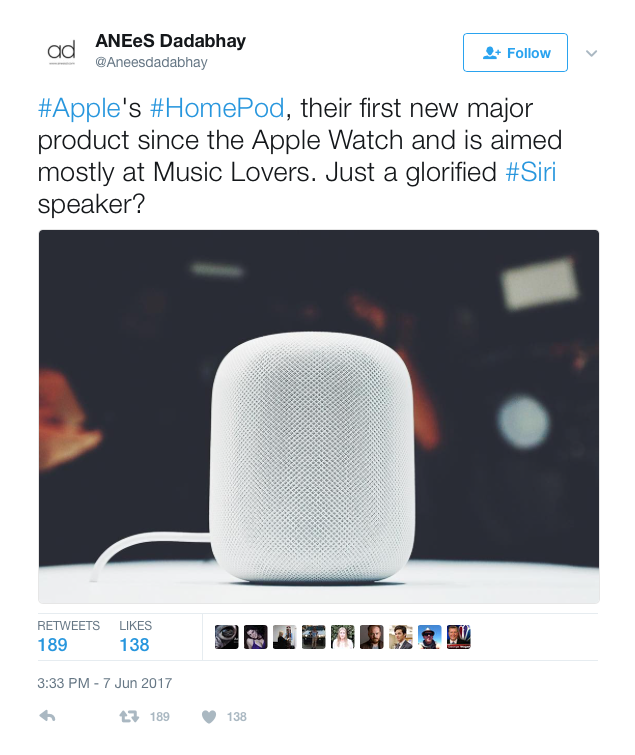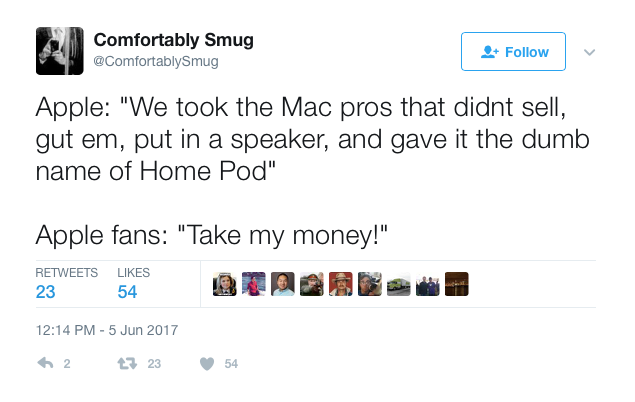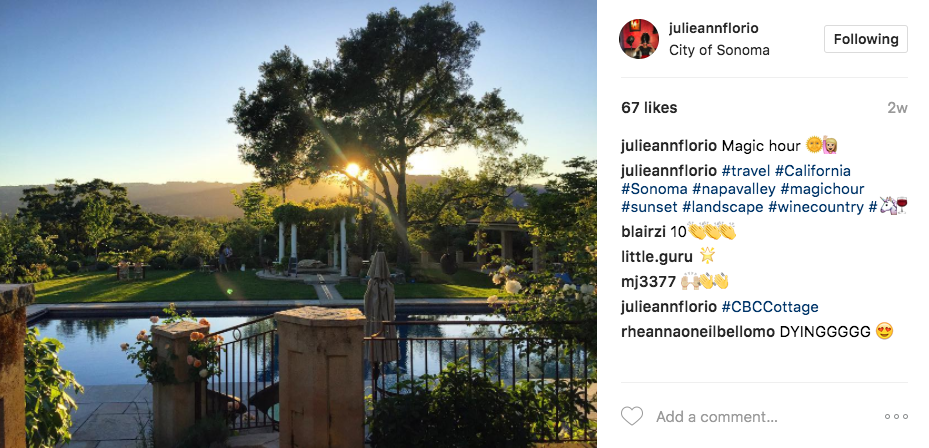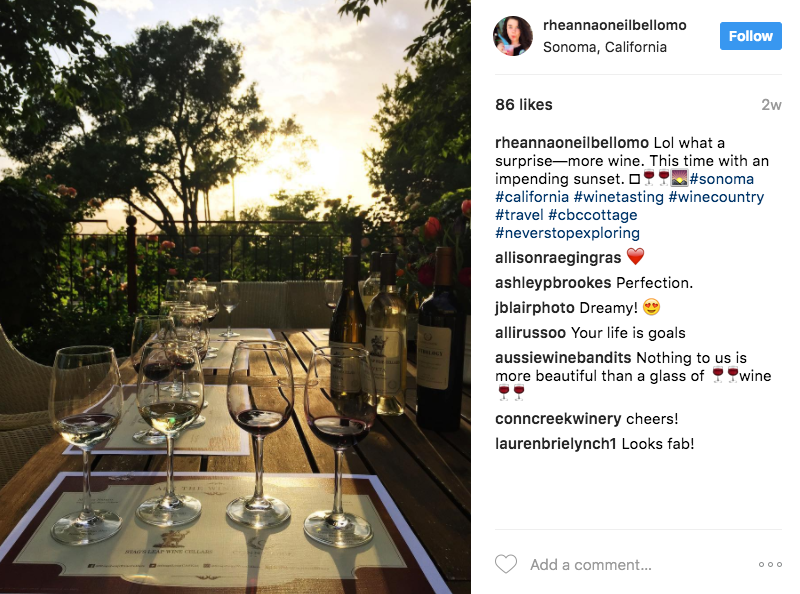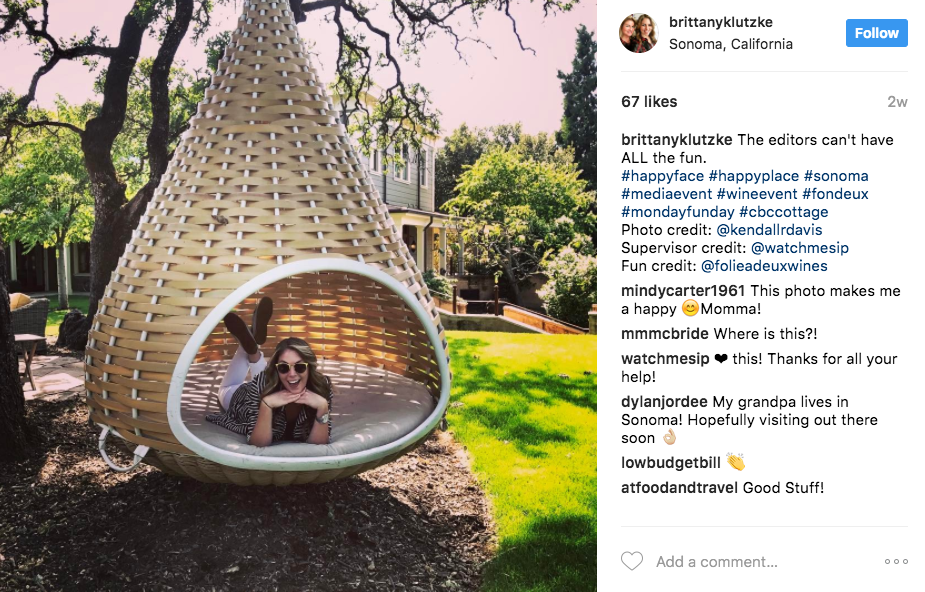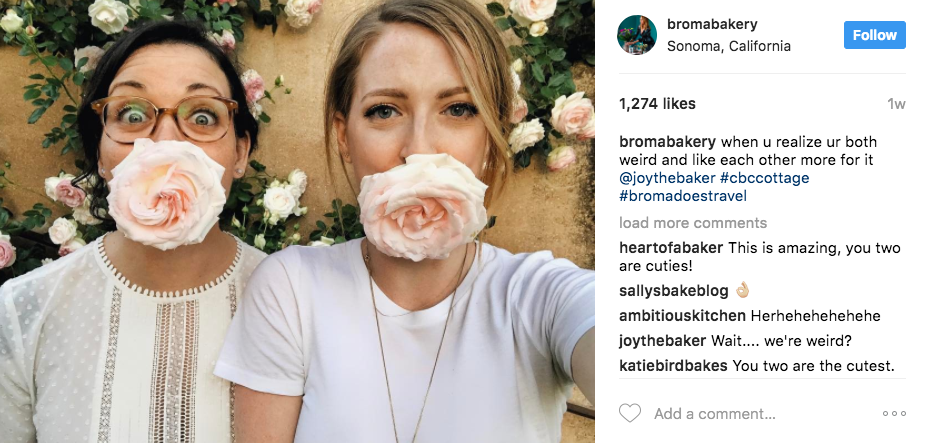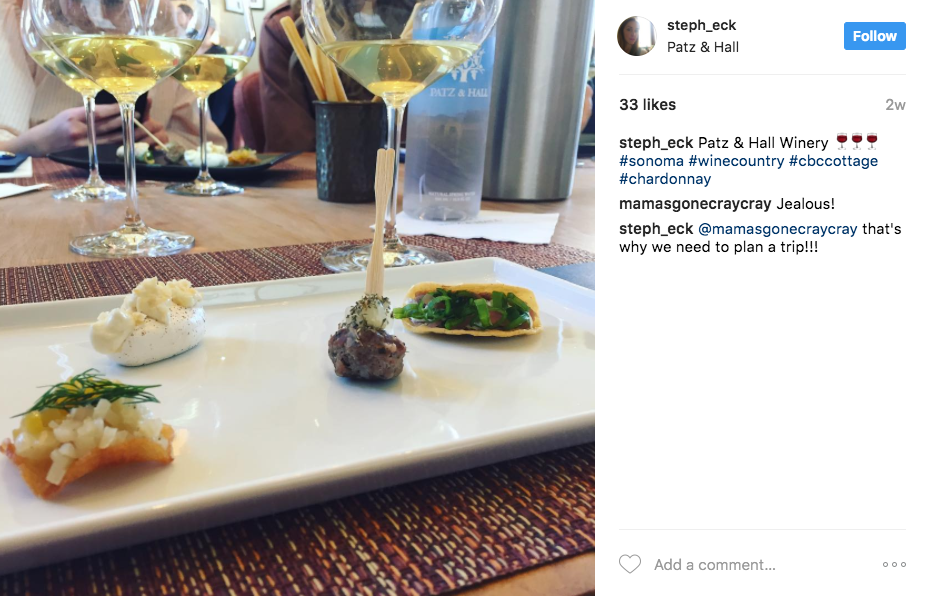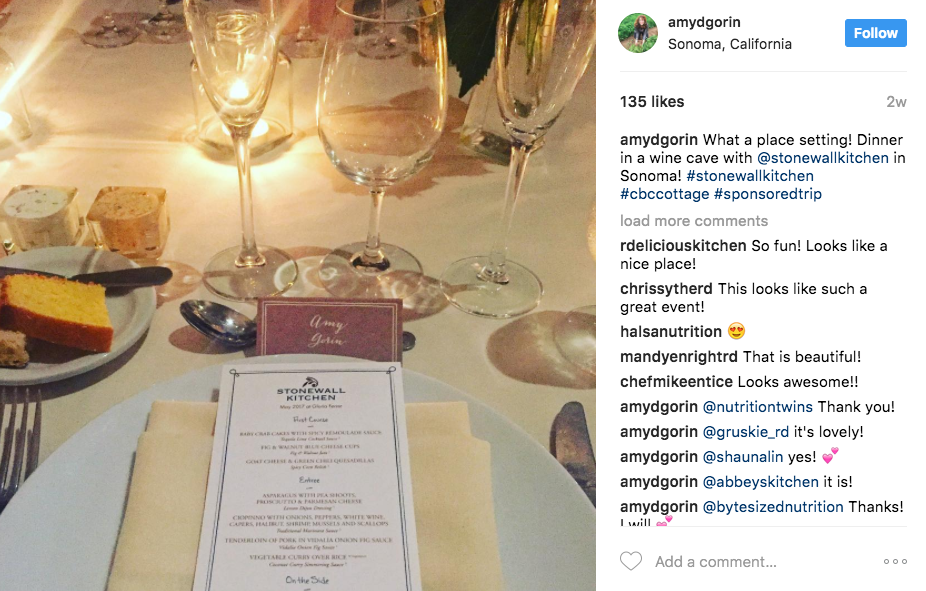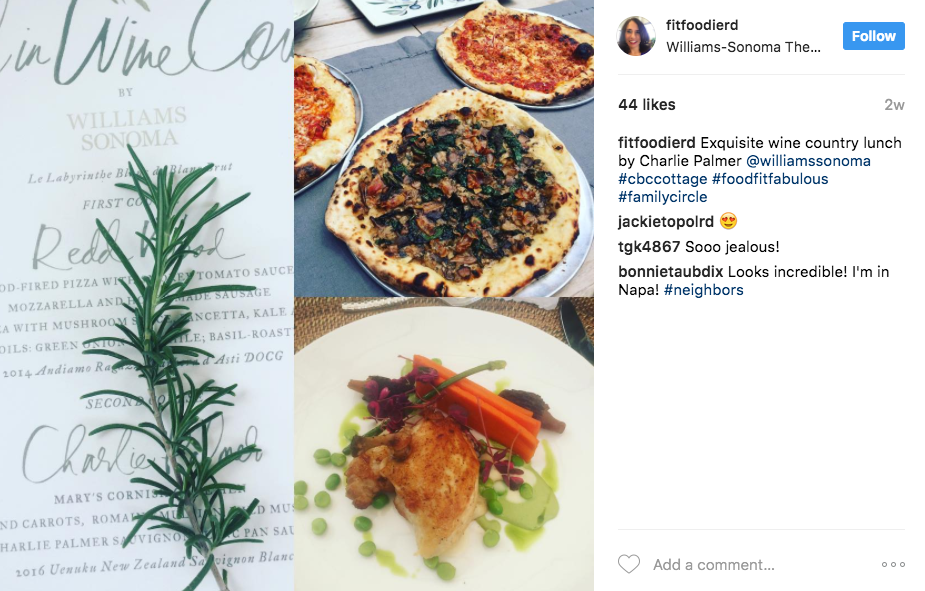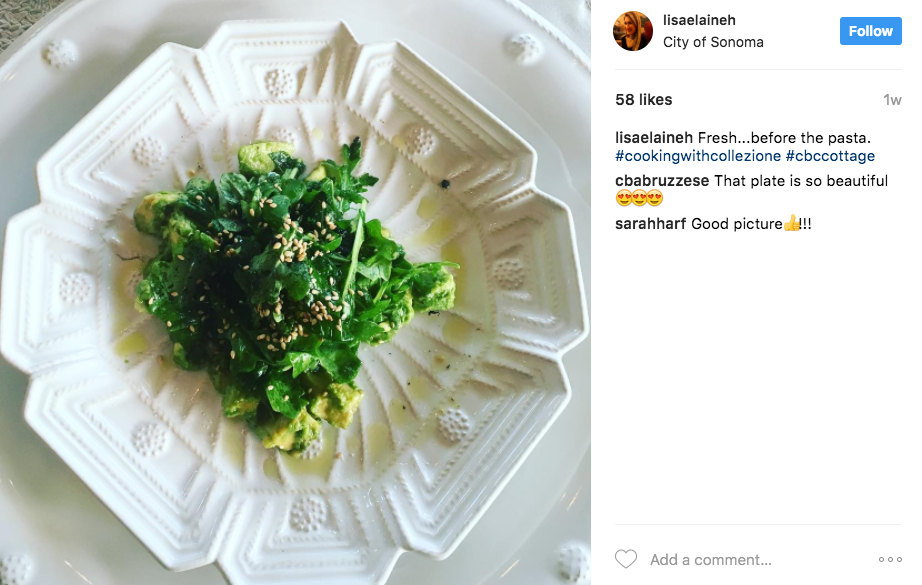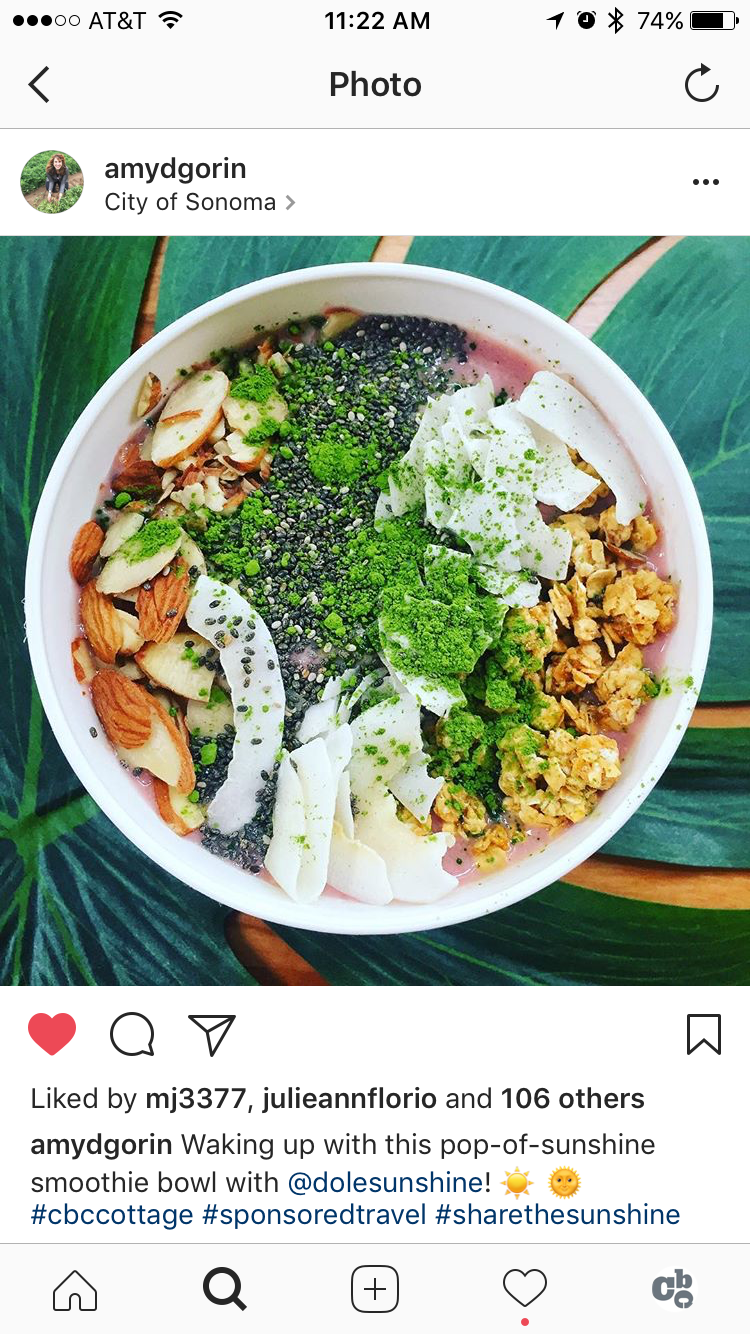Experiential marketing is changing how brands interact with consumers by allowing for the opportunity to introduce them to products in an authentic, tactile and memorable way. In turn, this fosters lifelong relationships between brands and their consumers.
At CerconeBrownCompany, we believe that an experience can be a brand’s most valuable offering and has the power to convert a person from a one-time customer into a brand advocate.
Hiring an agency is a wise investment, as one that is successful will create, deliver and share a positive experience on behalf of your brand. But before you sign on the dotted line, review the qualities below to make sure you are selecting the ideal partnership.
Consider your company’s values
Read between the lines of the mission statement and opt for an agency with similar values to your own. Collaborating is more successful when both parties genuinely enjoy working together.

You can’t do experiential without “experience”
Every agency will admit to spaces that are more in their areas of expertise than others. A quality agency will host a kick-off or strategy session when you first begin work together. It’s not always a deal-breaker if the agency hasn’t worked in your industry before – sometimes a group of people with a proactive, go-getter attitude with experience in getting their hands dirty for their clients is more efficient than anything else.
Creativity is a skill
You wouldn’t buy a car without reading about the reviews and expert opinions, right? It’s no different when selecting an agency. Peruse the agency’s portfolio and see how they’ve brought other brands’ creative visions to life.
For example, CBC hosts a variety of unique House Programs – an opportunity for influential journalists to immerse themselves in unforgettable brand experiences in idyllic settings.
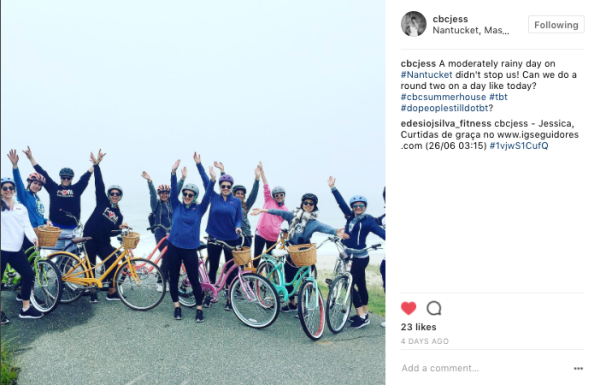
Communication and accessibility
We totally get it, you are passionate about your brand. The right agency will understand that and do everything they can to keep you in the loop. It is important that you work with a team that is responsive, the direct point of contact, and collaborative.
One way an agency will communicate is through consistent and formalized reporting. At CBC, we report with two different platforms: TrendKite for public relations and Brandwatch for social and digital.
What are your goals?
If you’re looking into experiential marketing, it’s likely you have specific business objectives in mind. Whether it’s growth or overall brand amplification, make sure the agency understands your goals and is proactive about addressing them in their proposal. If you are upfront and direct about your goals, you will better identify the agency that will best fit your needs.
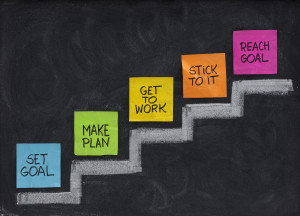
Inhouse vs outsource
Why look somewhere else for an asset you might have right in front of you? An agency with a photographer, designer, and creative director in-house is a bonus because it means they have the all of the essential tools readily available. Agencies who want to outsource talent require extra time, money and resources.
Stalk on social
You know the old adage “do unto others as you would have them do unto you”? Check out how the agency presents itself on their own social posts – if you see a strategy or unique quality in their digital presence, that’s a good indication they will power up their client’s channels too.
For example, we at CBC are strategic in our social approach, pumping up our Twitter feed with daily industry news and coloring our Instagram feed with the happenings in our House Programs.
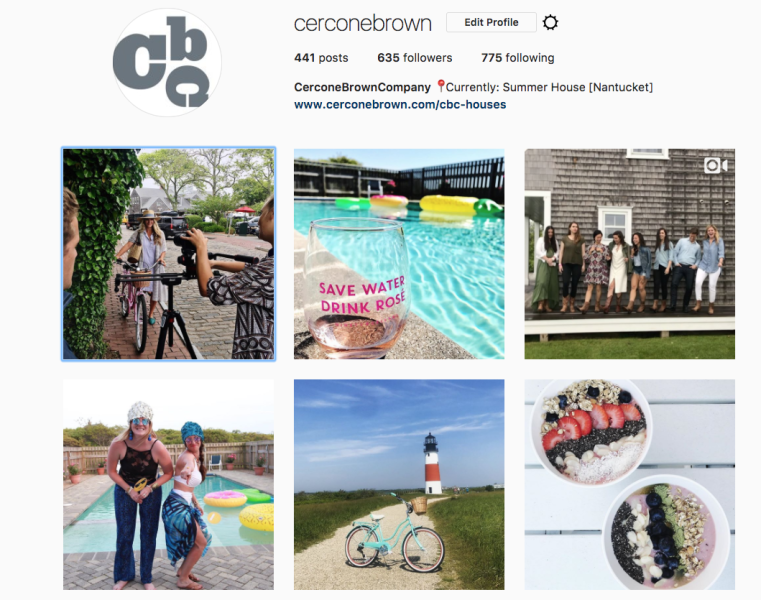
There are certainly many other traits to take into consideration when picking the best experiential marketing agency. What are the qualities you look for in an agency?
